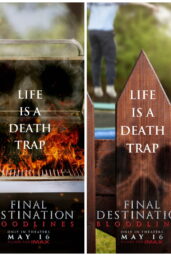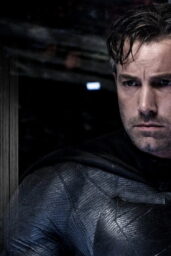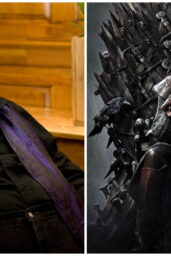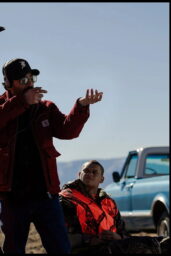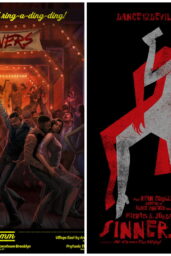Nothing prepared fans for the wait. Not the cliffhanger ending. Not the tease of New Vegas. Not even the renewal confirmation barely a week after Fallout dropped its whole first season. But as Season 2 limps through a smoky production schedule, the real question isn't when it'll arrive—it's why it's taking so damn long.
And the answer? It's not just fire. It's the whole combustible cocktail of modern TV-making.
California Dreamin'—Until the State Caught Fire
After wrapping Season 1 across four countries and nine months, Fallout took a financial detour for Season 2. Amazon shifted production to California to pocket a hefty $25 million in state tax credits—essentially Hollywood's version of a coupon for prestige TV. Sounds smart, right?
Until January 2025, when historic wildfires tore through Los Angeles, torching over 16,000 structures and killing 30 people. The show had planned to resume filming on January 8 post-holiday break. Instead, everything ground to a halt. Safety first. Production second.
So yeah—add “natural disaster” to the checklist of modern TV delays, right next to “streaming wars” and “VFX bottlenecks.”
The Fallout of… Fallout
Star Walton Goggins is back, saddle and all, confirming The Ghoul's return in Season 2. But the location shift didn't just mean environmental risk—it meant logistical friction. Rebuilding massive post-apocalyptic sets in a new state? Not cheap. Not quick. And definitely not seamless.
Set leaks show a faithful rendition of New Vegas, and longtime fans of the Fallout game franchise are foaming at the mouth. But visual accuracy comes at a price. The first season took eight months to shoot and thirteen more in post. If that timeline holds, we're looking at Summer 2026. That's over two years since Season 1—a drought even the Brotherhood of Steel would call excessive.
Déjà Vu? Yep.
This isn't the first time prestige TV got sucker-punched by circumstances. Remember Westworld's glacial production between seasons? Or Stranger Things, whose puberty-trapped cast aged faster than its VFX pipelines? Long delays have become the awkward norm in the streaming era, where bigger budgets don't equal faster turnarounds.
But what makes Fallout different is its foundation. It's not just a TV show—it's a cultural remix of a beloved video game. There's lore to honor. Worlds to build. And fans who've clocked hundreds of hours in the Mojave Wasteland. Any slip—tonal, visual, or narrative—gets magnified.
This isn't just about schedules. It's about stakes.
The Big Picture
Fallout is more than a show—it's a litmus test for the future of video game adaptations. HBO's The Last of Us raised the bar. Fallout aimed to vault it. Season 1 was praised for its worldbuilding and tonal fidelity, with Goggins' performance as The Ghoul walking the line between grotesque and Shakespearean.
Now, Season 2 faces the opposite challenge: keeping the fire alive (metaphorically) after real ones nearly snuffed it out.
Would you wait two years if it meant a flawless New Vegas? Or has streaming burnout already set in?


